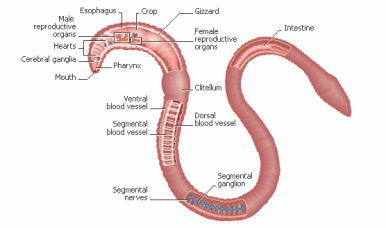
A quote from "Harnessing the Earthworm" by Dr. Thomas J. Barrett, Humphries, 1947, with an Introduction by Eve Balfour; Wedgewood Press, Boston, 1959:
For more than sixty years these 160 acres had been farmed without a single crop failure. My grandfather was known far and wide for the unequalled excellence of his corn and other grain, and a large part of his surplus was disposed of at top prices for seed purposes. The farm combined general farming and stock raising; my grandfather's hobby, for pleasure and profit, was the breeding and training of fine saddle horses and matched Hambletonian teams. He maintained a herd of about fifty horses, including stud, brood mares, and colts in all stages of development. In addition to horses, he had cattle, sheep, hogs, and a variety of fowl, including a flock of about five hundred chickens which had the run of the barnyard,with a flock of ducks. Usually about three hundred head of stock were wintered. The hired help consisted of three or four men, according to the season, with additional help at rush seasons. This establishment was maintained in prosperity and plenty, and my grandfather attributed his unvarying success as a farmer to his utilization of earthworms in maintaining and rebuilding the fertility of the soil in an unbroken cycle. The heart of the farming technique was the compost pit.
It takes you back in time. Read the whole essay, My Grandfather's Earthworm Farm


